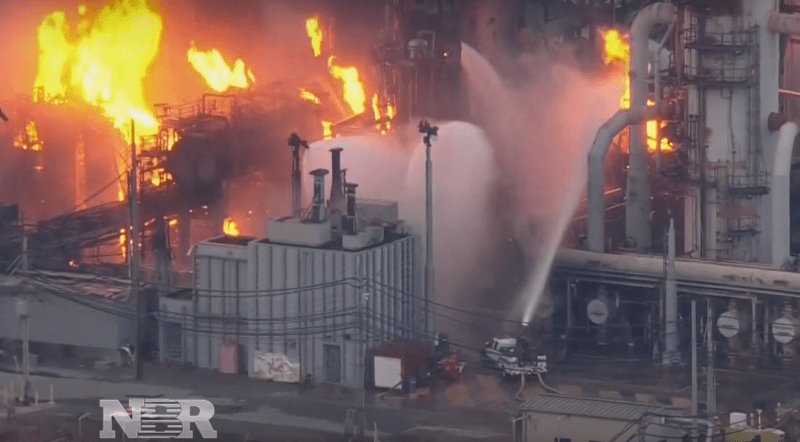georgeverghese
Chemical
- Mar 19, 2015
- 5,044
Regrettably, this is a repeat of similar incidents in the recent past, and yet the US CSB doesnt seem to have the teeth to call for change with these oil companies.
Follow along with the video below to see how to install our site as a web app on your home screen.
Note: This feature may not be available in some browsers.

